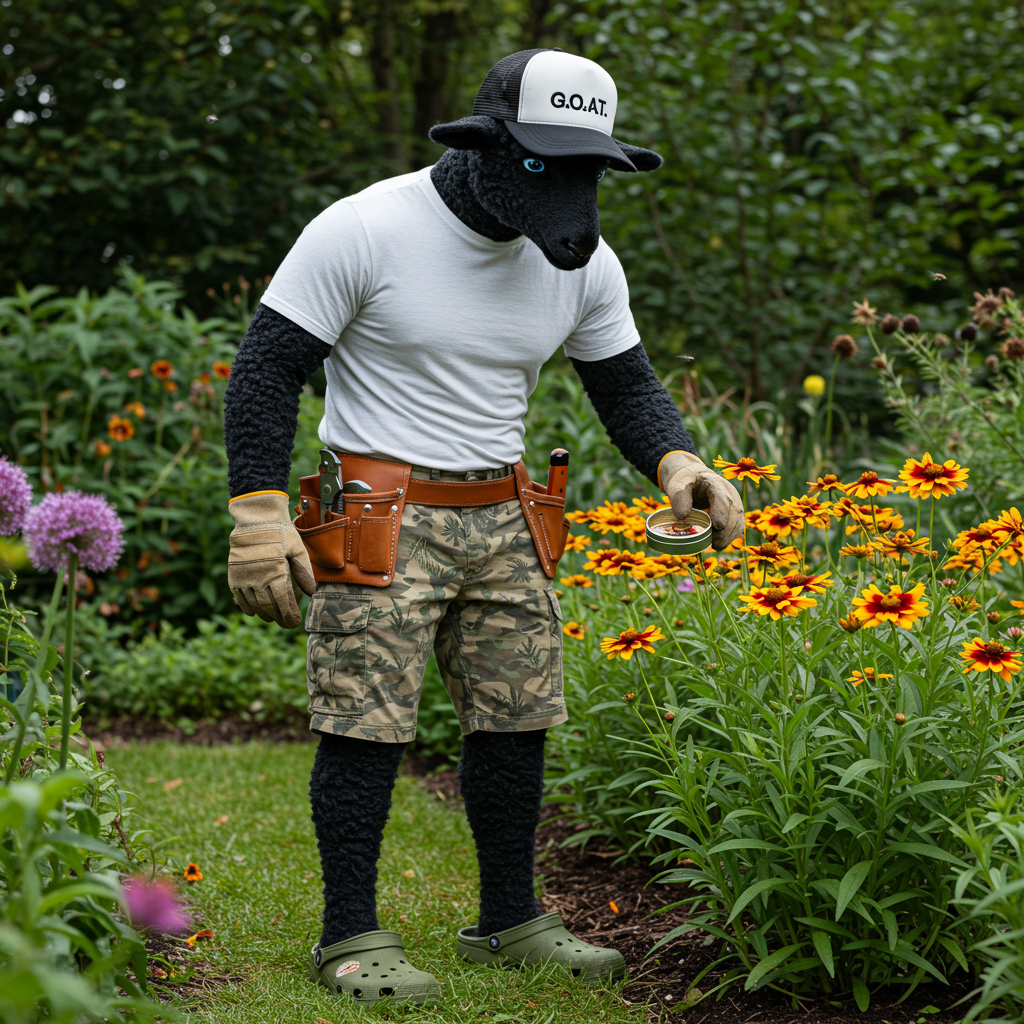Dealing with Pests Without Reaching for Chemicals

It happens every spring. You’re admiring your Echinacea or checking in on your Heuchera, when—bam. A trail of slime. A chewed leaf. A small army of aphids throwing a house party on your roses.
Tempting as it is to reach for the big guns, most garden pest problems don’t need a chemical fix. They just need some observation, a bit of persistence, and a few clever tricks up your sleeve.
Here’s how to handle common garden pests with patience, prevention, and a little natural know-how.
🐌 1. Know Who You’re Dealing With
Not all bugs are bad. In fact, most are harmless—or helpful. But it helps to identify the culprits before you act.
🔍 Look for:
-
Chewed holes → Slugs, beetles, caterpillars
-
Curling leaves or sticky residue → Aphids
-
Ragged foliage and webbing → Spider mites or leaf miners
-
Cut stems at the soil line → Cutworms or earwigs
📸 Take a photo. Compare with trusted sources—or just sit and watch for a few minutes. The garden reveals more when we slow down.
🌿 2. Focus on Prevention First
A healthy garden is a resilient garden. You can prevent a lot of pest drama by setting the stage right.
✅ Build soil health – Happy roots = stronger plants
✅ Avoid overwatering – Damp soil invites slugs and fungus
✅ Prune for airflow – Tight foliage creates pest hotels
✅ Mulch thoughtfully – Not too close to stems, and not too heavy
🌼 Diverse planting helps, too—pests are less likely to overrun a garden with mixed textures, heights, and bloom times.
🐞 3. Welcome the Good Bugs
Nature has its own pest control team—no membership fees required.
🌟 Helpful allies to attract:
-
Ladybugs – Aphid-eating machines
-
Lacewings – Tiny but mighty predators
-
Parasitic wasps – Lay eggs inside pests (gross, but effective)
-
Hoverflies – Cute, harmless, and their larvae love aphids
-
Ground beetles – Great for slug and cutworm control
🌿 How to invite them:
-
Plant pollinator-friendly flowers like Achillea, Coreopsis, and Allium
-
Skip broad-spectrum insecticides (even natural ones)
-
Leave a few wild corners or log piles for shelter
💧 4. Try These Natural Pest Solutions
When prevention and patience aren’t quite enough, here’s what to try before going full war mode:
-
🧼 Soapy water spray – 1–2 tsp of mild dish soap in 1L of water. Spray directly on aphids and mites (test first!).
-
🐌 Beer traps or copper tape – For slugs that can’t resist a late-night garden rave
-
🌱 Neem oil or insecticidal soap – Natural, but still strong—use sparingly and early in the day
-
🧤 Hand-picking – Honestly, sometimes it’s the most effective method. Channel your inner sheepdog and herd those beetles out.
🚫 What Not to Do
❌ Spray chemicals out of frustration—you may harm pollinators, beneficial insects, and your own plants in the process.
❌ Treat every bug as a threat—many are just passing through.
❌ Ignore early signs—catching a problem early often prevents the need for drastic action later.
Final Thoughts: The Garden Is Alive—That’s the Point
A perfect garden isn’t a pest-free one—it’s a living one. Bugs will come and go. Leaves will get nibbled. But when you build a strong, diverse, and chemical-free garden, you’ll find that most problems sort themselves out with a little time and a little trust.
So next time you spot a holey leaf? Take a deep breath. Snap a photo. And maybe thank that one ladybug doing her best on patrol.

